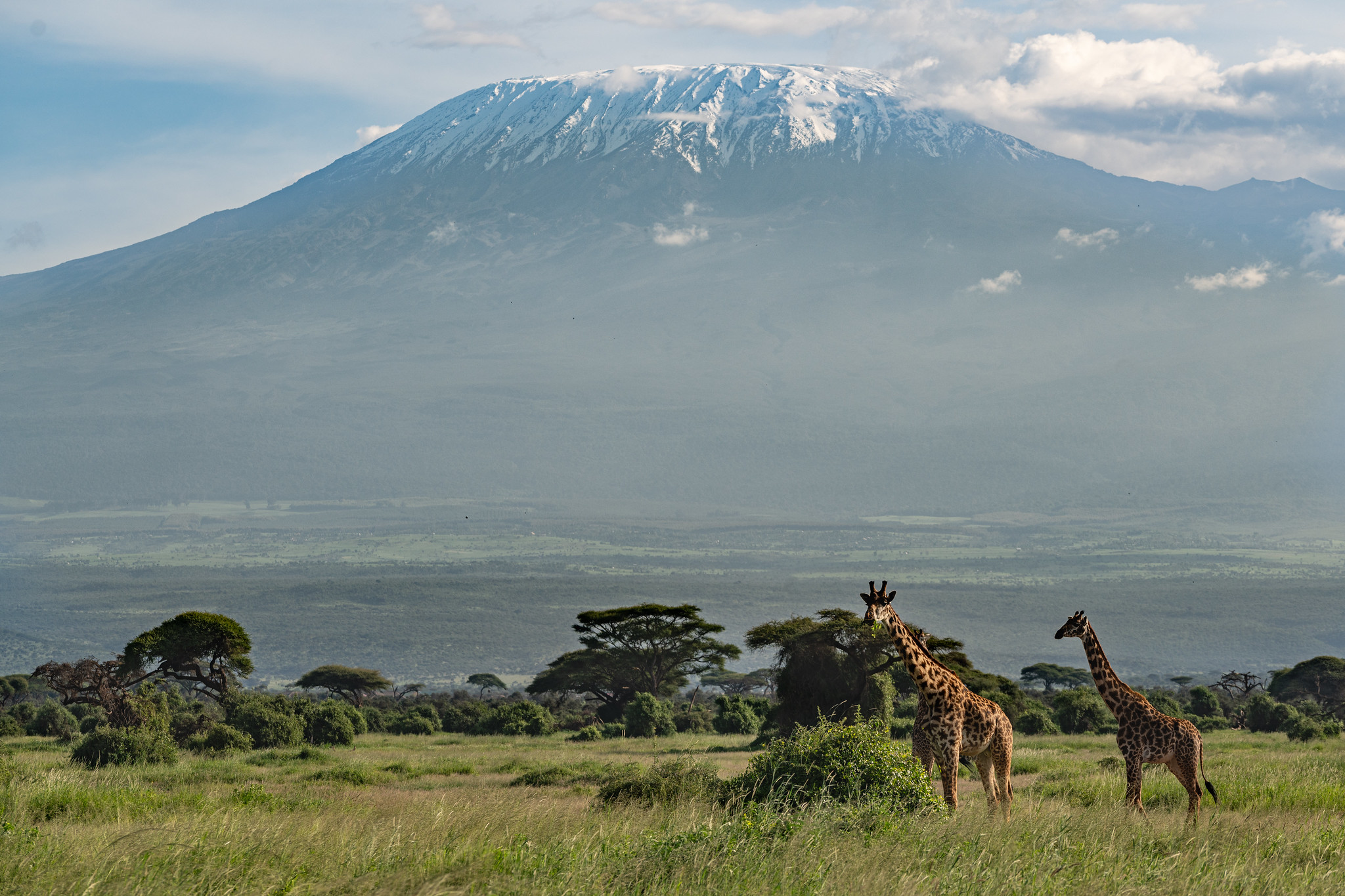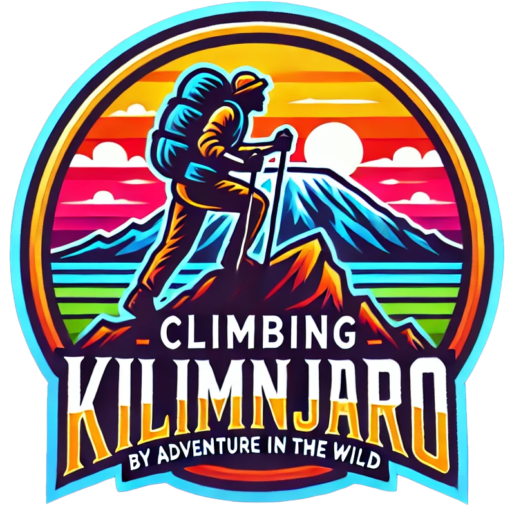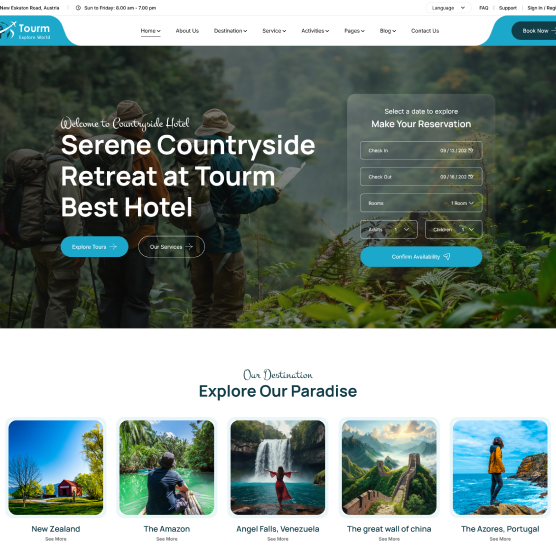Barranco, Karanga & Barafu Camp: Kilimanjaro’s Southern Circuit Route
Barranco, Karanga & Barafu Camp: Kilimanjaro’s Southern Circuit Route. On Mount Kilimanjaro, the Southern Circuit is a road that goes through the mountain’s Southern Ice Field. Some of the most beautiful camps in the mountain are on the way: Barranco, Karanga, and Barafu Camp.
When climbers finish the Southern Circuit, they see how Kilimanjaro’s scenery changes, from the shrubby lower slopes to the rocky, ice-covered summit.

The height of Barranco Camp is 13,044 feet.
People love the views from Barranco Camp. In Spanish, “Barranco” means “deep ravine” or “gorge,” which refers to the camp’s location on the edge of a beautiful valley.
Trekkers go down to this camp through Kilimanjaro’s Barranco Valley. This unique setting is home to a variety of unusual plants, including the Dendrosenecio kilimanjari, also known as giant groundsels, and the Lobelia deckenii. A huge rock face, called the Barranco Wall, stands tall above the campsite. After leaving camp the next morning, climbers take on this huge rock feature. The 843-foot (257-meter) cliff looks scary, but getting to the top is a simple climb with little risk.
Barranco camp is located at the boundary between two temperature zones. It is between the heath/moorland zone and the alpine desert zone. When it’s clear and sunny in the morning, the weather can quickly turn foggy in the afternoon and evening. It’s going to be cold, especially at night.
The Karanga Camp is 13,106 feet high.
At the southern end of Kibo’s volcanic cone, at the edge of Karanga Valley, is Karanga Camp. It gives climbers a break before the last few steps of the ascent, though some shorter routes skip this camp and go straight to Barafu. Climbers should spend the night here because it helps them get used to the high altitude and lowers their risk of getting altitude sickness.
It takes about 5 kilometers and 4 to 5 hours to walk the 5 kilometers to Karanga. Starting at Barranco Wall, it goes down into a valley and through several hills. From here, you can see the icy slopes of Kilimanjaro and the clouds below in a beautiful way. When the sky is clear at night, you can see Moshi town’s lights from a long way away.
It’s almost the same height at Karanga Camp as it is at Barranco. It is in the same transitional zone as Barranco, between the heath/moorland zone and the alpine desert zone. As a result, the temperature is cool and changes often. Similarly, the area has limited flora. Keep in mind that Karanga camp is built on a hill that looks like a flat area, so be careful as you walk around it. In Swahili, “Karanga” means “peanut.”
Camp Barafu is 15,331 feet (4,673 meters) high.
Barafu Camp is the last stop on the Southern Circuit before the push to the top. Climbers use it as a base camp as they go to and from the top. “Barafu” in Swahili means “ice,” which describes how cold it is at camp and how cold the nights are.
There is a steady rise from Karanga to Barafu that gives trekkers time to get used to the high altitude of the camp. For most people, the walk takes four to five hours to complete.
Barafu Camp is high up in Kilimanjaro’s alpine desert zone. From the camp, you can see Mawenzi Peak and the wide fields below. However, the campsite is located in a harsh, desolate area characterized by sparse vegetation and exposed rocks. Barafu is exposed to the elements, resulting in strong winds and extremely cold temperatures that can fall below freezing. In the mess tent or bed tent, try to stay dry.
Climbers and guides are making final preparations and talking about plans for the summit bid at Barafu. The air is quiet and full of excitement. Early dinner gives people time to sleep before the midnight trip to the peak. For the tough hours ahead, this time is crucial for getting stronger and more focused. According to climbers, they should rest as much as possible, but the high altitude and thin air can make it difficult to fall asleep.
Which roads use the Southern Circuit?
The Lemosho, Shira, Machame, and Umbwe routes all use the Southern Circuit because they converge at one spot on the mountain.
How to Get to Lemosho and Shira
On the western side of Mount Kilimanjaro, the Lemosho and Shira paths start. Climbers join the Southern Circuit as they get closer to Lava Tower and go down into the Barranco Valley, after several days of hiking. After that, they follow the loop through Barranco Camp, Karanga Camp, and finally Barafu Camp, which is the last camp before the push to the top.
The Machame Route
The “Whiskey Route,” which is another name for the Machame way, begins at the southern base of the mountain. Climbers taking this way go straight into the Southern Circuit after going over the Shira Plateau. They keep going toward Lava Tower before going down to Barranco Camp. After that, they go through Karanga and Barafu Camps.
Route of Umbwe
The Umbwe path is one of the quickest, steepest, and most direct ways to reach the top of Kilimanjaro. It starts on the southern side of the mountain and quickly connects with the Southern Circuit at Barranco Camp after a quick climb through the forest and heath areas. Climbers go from Barranco to Karanga and Barafu Camps before they try to reach the top of the mountain.
Last Words
Climbers should make sure they are ready for all kinds of weather, from cool, wet nights in the heath/moorland zone to bitter cold in the alpine desert. Adequate preparation, water intake, and pace are important for enjoying the hike and safely reaching the top.

















